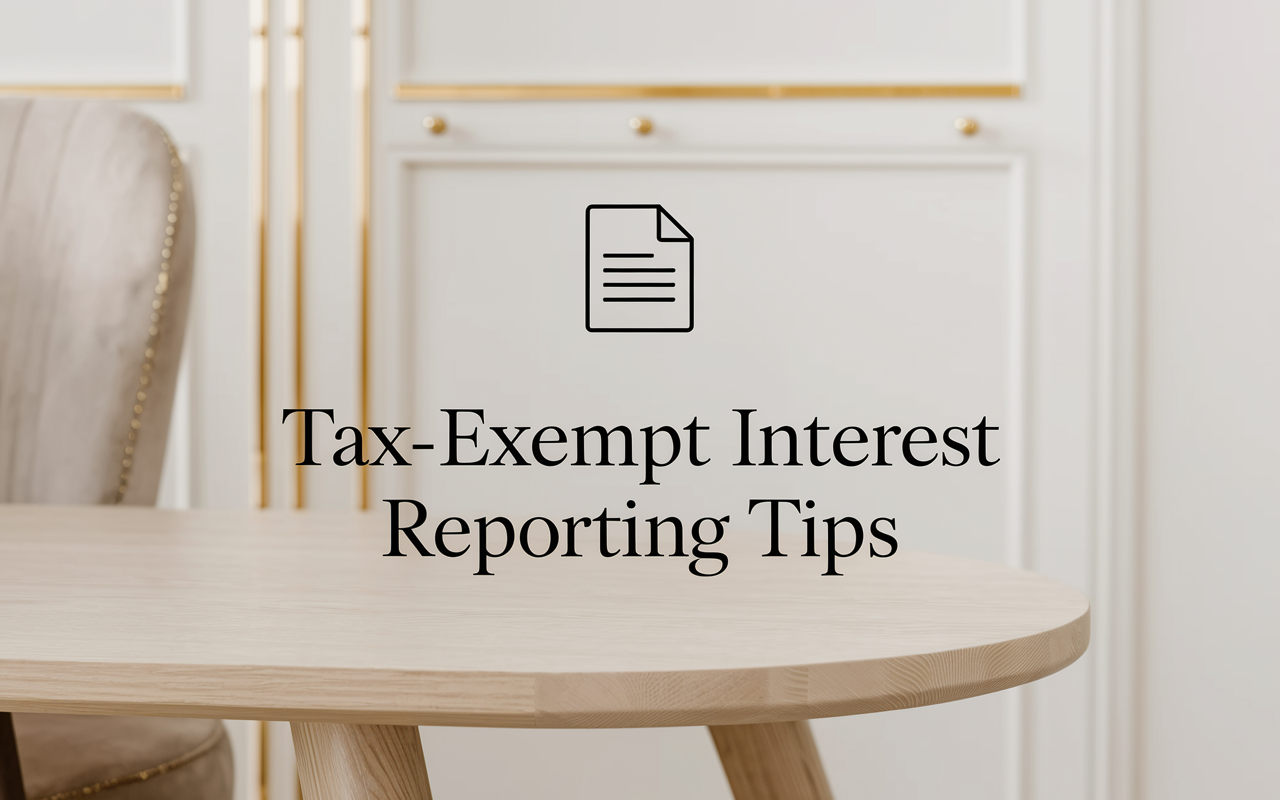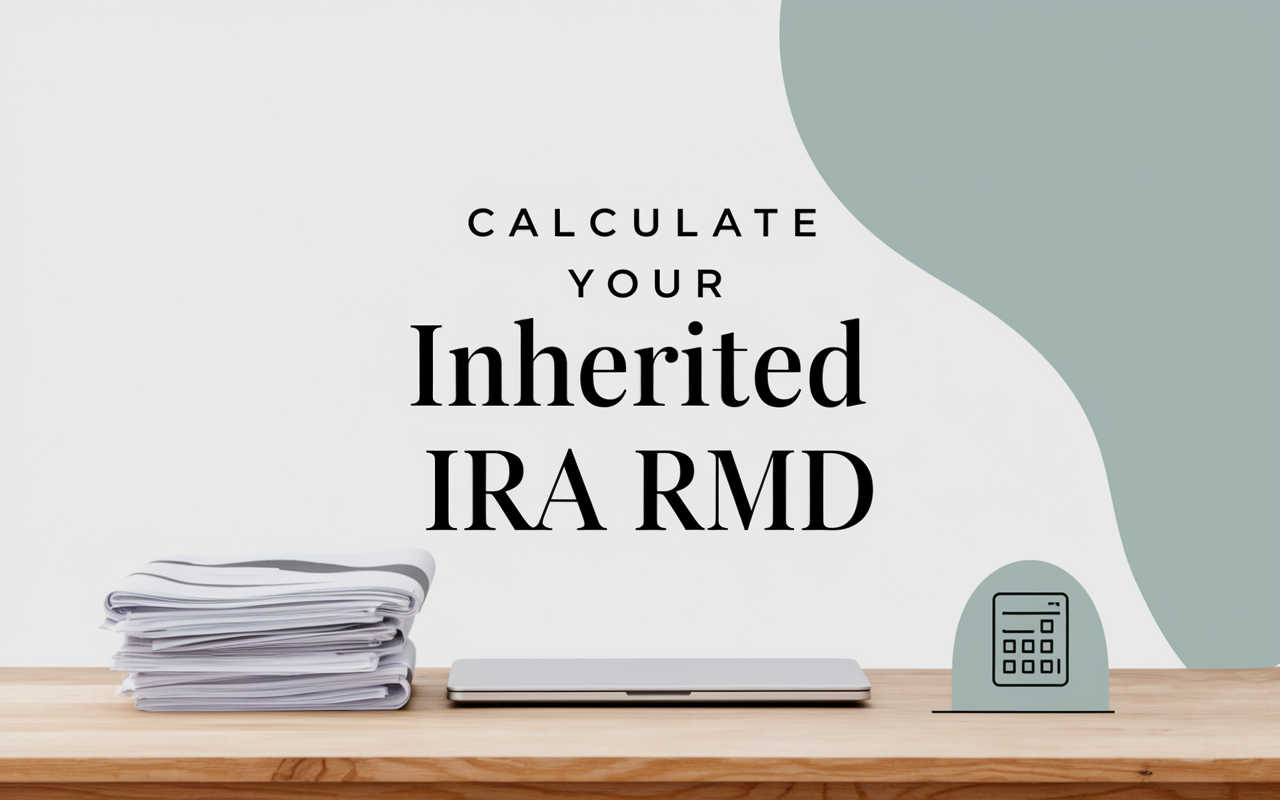Tax Strategy
& Related Posts
Tax Strategy
Tax strategy is at the core of every great financial plan. A tax strategy refers to a plan or approach adopted by individuals, businesses, or entities to manage their tax liabilities effectively. The goal of an effective tax strategy is to legally minimize the amount of taxes owed while maximizing your tax benefits through thoughtful planning. It involves making informed decisions about various financial activities, investments, and transactions to optimize the overall tax position.
Certified Public Accountant (CPA) vs CERTIFIED FINANCIAL PLANNER™ (CFP®)
CPAs and CFPs work in harmony while keeping your best interest in mind. Behind the scenes, a CPA and CFP can have conflicting opinions on tax strategy and its implementation. Generally, a CPA wants to lower your taxes as much as possible to provide the largest tax refund. A CFP may not necessarily believe this is always the best solution. Yes, lower taxes are important, however, a Financial Planner has a fiduciary duty to see the present and future benefits of your financial plan. Often, a CPA has a narrow scope of your overall financial situation and goals whereas a CFP sees the whole financial picture. Having a macro view helps to see past the immediate tax benefit for a larger and more rewarding benefit in the future. We will get into why lowering your taxes is not always a top priority later.
Tax strategies can encompass a wide range of considerations, including:
Income Management
Structuring income in a way that minimizes tax liability, such as taking advantage of tax credits, deductions, and exemptions.
Investment Planning
Choosing tax-efficient investment options and considering the timing of buying or selling assets to optimize capital gains or losses.
Tax Deductions
Identifying and maximizing allowable expenses and deductions to reduce taxable income.
Tax Credits
Taking advantage of available tax credits, which can directly reduce the amount of taxes owed. Examples include education credits, energy credits, and child tax credits.
Retirement Planning
Utilizing tax-advantaged retirement accounts and planning for tax-efficient retirement income.
Estate Planning
Developing strategies to minimize estate taxes and efficiently transfer assets to heirs.
Charitable Giving
Leveraging tax benefits associated with charitable donations through strategies such as planned giving, donor-advised funds (DAF), qualified charitable distributions (QCD), and charitable remainder trusts (CRT).
Business Structure
Selecting the appropriate legal structure for a business, such as a sole proprietorship, partnership, corporation, or LLC, based on its tax implications.
International Tax Planning
Managing tax implications for businesses or individuals with international activities, considering factors like transfer pricing and tax treaties.
Income Management
The goal is to reduce taxes and prevent “pops” into higher tax brackets. Determining your AGI vs MAGI is crucial to understanding what type of deductions you qualify for and your eligibility for certain benefits. These can be managed by taking advantage of deductions and tax credits.
Deductions
A tax deduction is an expense that individuals or businesses can subtract from their gross income to reduce the total amount of income subject to taxation. Deductions are used to calculate taxable income, and they help taxpayers lower their overall tax liability. Deductions are generally categorized as either “above-the-line” or “below-the-line.” Take the time to explore the deductions available and your eligibility. Common deductions include:
- Retirement plan contributions and self-employed retirement plan contributions
- Certain itemized deductions
- Self-employed health insurance premiums
- 1/2 of any self-employment taxes paid (FICA)
- Health savings account (HSA) deductions
- Student loan interest
- Certain business expenses
- Early withdrawal penalties
- Educator expenses (books, supplies, etc)
- Moving expenses for military
Tax Credits
Tax credits and deductions are essential components of tax planning strategies. Tax credits directly reduce the amount of tax owed, while deductions decrease the taxable income, thereby lowering the tax liability. Understanding the available tax credits and deductions is crucial for effectively managing your tax obligations.
- Earned Income Tax Credit (EITC)
- Saver’s Credit (The Retirement Savings Contributions Credit)
- Credit for the Elderly or Disabled
- Eligibility for Subsidized Health Insurance
- Cost Sharing Reduction
- Premium Tax Credit
- Education Tax Credits
- American Opportunity Credit
- Lifetime Learning Credit
- Child Tax Credit
- Adoption Tax Credit
Knowing When to Use AGI vs MAGI
Adjusted Gross Income (AGI) and Modified Adjust Gross Income (MAGI) are important numbers when filing your taxes. Both AGI and MAGI must be known when determining allowable deductions, tax credits, and eligibility for retirement plans. AGI may be used in certain situations while MAGI used in other scenarios. Adding to the confusion, MAGI does not appear on your 1040. Below we aim to explain how to calculate AGI and MAGI and when to use each.
Investment Planning
Utilizing a tax-managed investment strategy can greatly reduce future tax burdens. Choosing tax-efficient investments is just the start. Are those investments in the correct account? You wouldn’t want to use municipal bonds in a tax-deferred account. Placing higher-returning investments in a Roth account vs traditional must be thought of. The buying and selling of equities in a timely manner makes a difference in how much you pay. An untimely sell can result in much higher taxes owed.
Examples include:
- Tax-loss harvesting
- Long-term vs. short-term capital gains rate
- Asset location (taxable vs. traditional vs. Roth)
- Low turnover investments
- Stocks vs. ETFs vs. mutual funds
- Bonds vs. municipal bonds
- Avoiding mutual fund tax trap. Fund managers can “dump” taxable gains at the end of the year without your consent.
Retirement Planning
Consider each option available to you and your spouse while taking into account current tax bracket thresholds and anticipated future tax brackets at retirement. Balancing the use of traditional, tax-deferred retirement accounts with Roth, tax-free accounts. We often hear that you should be contributing into the traditional 401(k) or TSP to save on taxes. Believe it or not, most people will either be in the same tax bracket or higher at retirement. If you are a federal employee and have substantial retirement savings it is likely you will be in a HIGHER tax bracket. Taxes are relatively low based on historical data and are more poised to increase than decrease in the future.
- Traditional vs Roth for work retirement
- Combination of both traditional & Roth if on a tax bracket cliff
- Roth conversions
- IRA vs Roth
- Backdoor Roth conversion
- After-tax contributions into work plan
Roth Conversions
If you have a disproportionate amount in traditional retirement funds it may make sense to conduct systematic Roth conversions while working and at retirement. There can be optimal opportunities for Roth conversions such as: years you are in a lower tax bracket, a down market (yields a “cheaper” conversion), and at retirement with the goal to lower a future RMD burden or Medicare Part B premiums.
Roth conversions have become an important topic of conversation with our clients. There are several reasons for this:
- Cheaper cost on the conversion when investments are down (fewer taxes owed)
- Anticipation of taxes going up
- RMDs pushing you into a higher tax bracket
- Tax-free growth
Charitable Giving
There are numerous ways to give to charity in a tax-efficient manner that does not affect the donation that the charity receives. It is a win-win for everyone but the IRS. Giving highly appreciated stock vs cash is just one example of efficiently donating to charity. Utilizing a charitable remainder trust allows you to receive an immediate tax deduction and income for life. If you give to charity or plan to give, then every option should be explored to make the most out of your generous gesture.
- Gifting highly appreciated assets (stocks, real estate, art & collectibles)
- Donor-Advised Funds (DAF)
- Qualified Charitable Distributions (QCD)
- Charitable Remainder Trust (CRT)
Avoiding Lesser-Known Taxes When Income is High
There are certain income thresholds where even more “hidden” taxes can come into the picture. Initiating an equity sale or even merely paying yourself income from a retirement account at an inopportune time can cause a large and unnecessary tax bill. These tax rules include:
- Net Investment Income Tax (NIIT)
- Additional 3.8% tax on net investment income over threshold
- Medicare Surtax
- Additional 0.90% on all wages in excess
- Alternative Minimum Tax (AMT)
- Medicare Premiums related to IRMMA
Federal Retirement Planning
At PlanWell, we are focused on federal retirement planning. If you have additional federal benefit questions, reach out to our team of CERTIFIED FINANCIAL PLANNER™ (CFP®) and Chartered Federal Employee Benefits Consultants (ChFEBC℠). Choose a Financial Planner for federal employees. We provide federal retirement planning workshops for federal employees. Federal retirement planning webinars for federal employees, designed just for Feds! Learn more about our process designed for the career federal employee.
Preparing for a federal retirement? Check out our scheduled federal retirement workshops. Sign up for our no-cost federal retirement webinars here! Make sure to plan ahead and reserve your seat for our FERS webinar, held every three weeks. Interested in having PlanWell host a federal retirement seminar for your agency? Reach out, and we can collaborate with HR to arrange an on-site FERS seminar.
Want to fast-track your federal retirement plan? Skip the FERS webinar and start a one-on-one conversation with a ChFEBC today. You can schedule a one-on-one meeting here.
Federal Retirement Workshops - FERS Webinars
Sign up today for our FERS webinar here. Federal retirement webinars designed to cover every benefit in only 3 hours. The FERS workshop covers: FERS pension, survivor benefit, Social Security, Special Retirement Supplement (SRS), Thrift Savings Plan (TSP), Federal Employee Group Life Insurance (FEGLI), Federal Employee Health Benefits (FEHB), and Federal Long-Term Care Insurance Program (FLTCIP). Interested in having PlanWell host a federal retirement seminar for your agency? Reach out, and we can coordinate with your agency’s HR to have an on-site federal retirement seminar. PlanWell can do a FERS seminar or CSRS seminar.
Financial Planner for Federal Employees Near Me
Secure your financial future with the expertise of a Financial Advisor for government employees near you. Choose PlanWell Financial Planning and benefit from our experienced federal retirement planning specialists. Choose a Financial Advisor for federal employees. Contact us today to embark on your journey toward a secure and prosperous future.
Chartered Federal Employee Benefits Consultant Near Me
Plan your federal retirement with the expertise of a Chartered Federal Employee Benefits Consultant near you. Choose PlanWell Financial Planning to sit with a Financial Planner for federal employees and benefit from our experienced ChFEBC team. Contact us today to receive your personalized FERS estimate.








